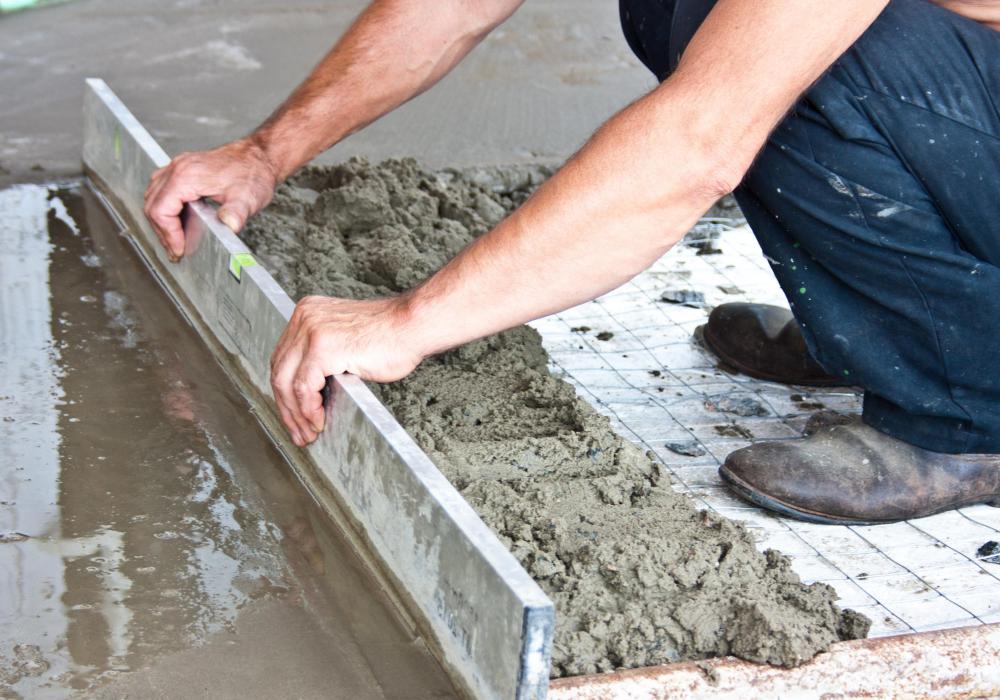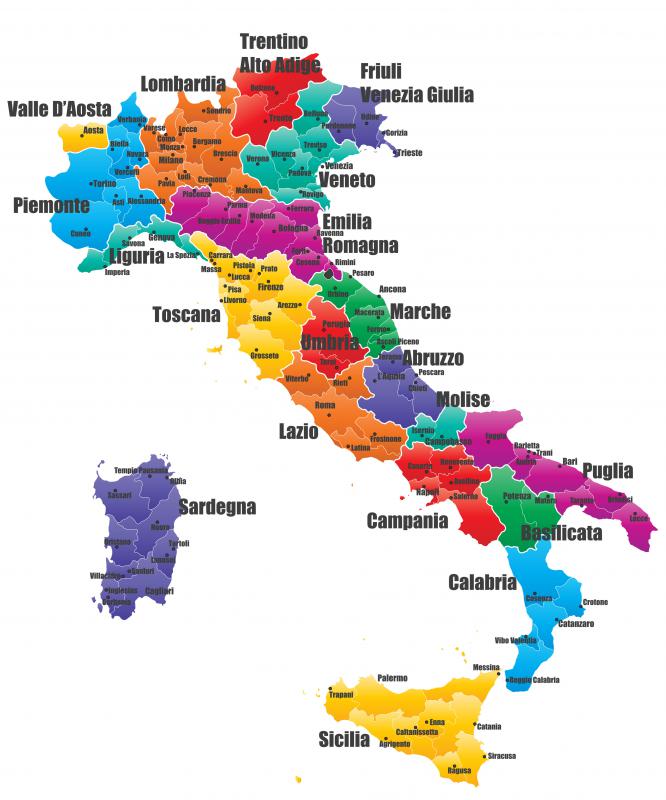At AllThingsNature, we're committed to delivering accurate, trustworthy information. Our expert-authored content is rigorously fact-checked and sourced from credible authorities. Discover how we uphold the highest standards in providing you with reliable knowledge.
What Is Pozzolana?
Pozzolana is volcanic ash that is used as a mixture in cement to provide strength and resistance to wear and tear from the elements and chemical breakdown. It is named after the city where it was first discovered, Pozzuoli in the Campania region of Italy. It was used in ancient Roman times similarly to the way it is used today. Some of the structures created using it have lasted over 2,000 years.
Originally, pozzolanic ash was mixed with lime to create a strong cement mixture. The first structures known to be built with pozzolana were created somewhere around the 3rd century B.C. It was found that that in addition to being strong and sturdy, structures created with the cement were able to be constructed underwater due to the fact the cement could set, or harden, while still submerged.

The original pozzolana was made purely of ash from volcanoes, but today it is often made of a synthetic material, such as Fly ash, Micro-Silica, or MetaKaoline. These modern incarnations are referred to as pozzolanic materials. Regardless of their origin, pozzolanic materials contain some sort of material, usually silica or alumina, in reactive form; when in the presence of water, the finely divided forms of the materials form pozzolana cement when they react with calcium hydroxide.

In modern times, pozzolana cements are typically a mixture of natural and synthetic pozzolana combined with Portland cement, which is a mixture of concrete, mortar, stucco and grout and the most common cement in use. The resulting cement mixture is very resistant to water as well as the most common forms of corrosion. In addition to being strongly water resistant, many modern pozzolana cements have magnetic properties, which further increase the cement’s strength.

Although a variety of modern pozzolanic materials are in use, the most common is Fly Ash. This is finely divided residue usually created from the burning of pulverized coal or lignite. The ash is gathered from various types of power stations and industrial plants. In addition to being less expensive than Portland cement, using Fly Ash can improve production time because it is easier to manufacture than pure cement.
As proof of the durability of pozzolano, one need only look at the structures built with it that are still standing. Those include the Pantheon and Colosseum in Rome, as well as the aqueducts that run through the city. The Roman port at Cosa was also built of pozzolana approximately 2,000 years ago, and the three piers built underwater are still visible and in excellent shape as of 2012.
Frequently Asked Questions
What is pozzolana and how is it used?
Pozzolana is a natural siliceous or siliceous and aluminous material that reacts with calcium hydroxide in the presence of water at room temperature to form compounds possessing cementitious properties. It's commonly used in the construction industry as a supplementary cementitious material (SCM) to enhance the strength and durability of concrete.
Where does pozzolana come from?
Pozzolana can be sourced from volcanic ash, pumice, clay, and other such materials. Historically, it was first discovered near the city of Pozzuoli in Italy, hence the name. Today, it is mined in various parts of the world where volcanic ash can be found, as well as produced artificially as a byproduct of industrial processes.
What are the benefits of using pozzolana in construction?
Using pozzolana in construction offers several benefits, including improved workability of concrete, reduced permeability, increased durability, and greater resistance to chemical attacks. It also has environmental advantages, as it can be a byproduct from industrial processes and reduces the need for Portland cement, thereby cutting CO2 emissions associated with cement production.
Can pozzolana replace cement entirely?
While pozzolana has cementitious properties, it cannot replace cement entirely. It is typically used in conjunction with Portland cement, where it can replace a portion of the cement used in concrete mixes. This partial replacement can significantly improve the concrete's properties while also contributing to sustainability in construction.
How does pozzolana affect the curing time of concrete?
Pozzolana can influence the curing time of concrete. It generally slows down the initial setting time, which can be beneficial in hot weather conditions, allowing for longer workability. However, the overall strength development may take longer, although the final strength can be comparable or even higher than that of conventional concrete.
Is pozzolana environmentally friendly?
Yes, pozzolana is considered environmentally friendly. It is often derived from natural volcanic ash or industrial byproducts, thus utilizing materials that might otherwise be waste. Moreover, its use reduces the amount of Portland cement needed, which in turn decreases CO2 emissions since cement production is a significant source of global carbon emissions.
AS FEATURED ON:
AS FEATURED ON:













Discuss this Article
Post your comments